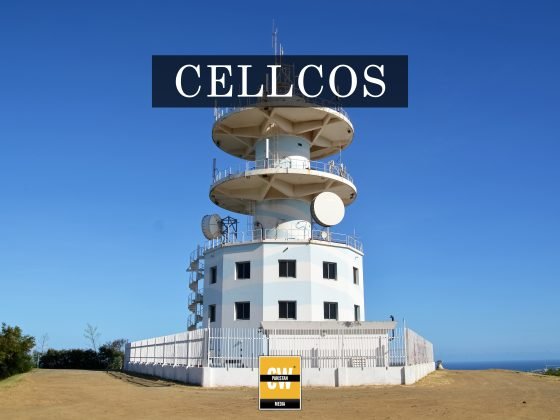According to legal definitions, a “right-of-way” (also known as a “right-of-way”) is the legal right to go over or through another person’s real property on the basis of an easement. A floating easement is a general right to pass over or through, although the right of way may specify the easement’s specific terms.
The question that arises in this situation is why the telecom industry is so agitated and why so many public and private entities are interested in demanding right-of-way fees from the telecom industry.
In a broader sense, internet and data communication services are now essential, just like other utilities, and are in high demand. In Karachi and other urban areas, people may choose to do without gas or water connections, but they won’t compromise on the internet connection’s speed.
Authorities, both public and private, such as National Highway, Pakistan Railways, semi-autonomous organisations like the Defense Housing Authority, Cantts located throughout Pakistan, and private housing authorities, have recognised the challenge and the needs of the telecom industry and the consumer and are working to maximise profits.
These authorities receive income from the telecom companies in the form of fees, levies, revenue shares, licence fees, etc.; nevertheless, the right of way fees are not their only source of income.
In addition to the aforementioned, these public and private authorities do not render any services in exchange for the fees paid to them, such as security for optical fibre cables or a suitable ducting system for the installation of these cables. As a result, they merely receive the fees and some may not be properly accounted for when and if the appropriate audit of these fees is carried out.
Given their current infrastructure conditions, public entities like the trains and highways lack the vision to provide the end users with the perks or amenities they pay for, such as free WiFi or other hotspots where users can access fast internet speed.
In light of Fiber to the Home (“FTTH”) services and the current tower fiberization for 5G services, all the Authorities have made RoW their primary revenue-generating vehicle. They think that since telecom providers should offer these services because the internet is now a need, they would be willing to give whatever the request is.
Most of the time, the authorities believe that because fibre is being laid on their property, they have the right to charge whatever extortionate prices they want even if doing so would plunge the nation into the dark ages. No internet services would be offered if all telecom operators refused to build fibre in that location.
The “Public & Private Right of Way Policy Directive,” which was adopted by the Ministry of Information Technology and Telecommunication in 2020, is a policy directive that is just as nebulous as some of these Authorities’ standard operating procedures. Stakeholders were happy to have things taken off their shoulders and have a star, despite rationalising the right of way rates and looking ahead five or 10 years. The policy was passed with numerous flaws and open-ended clauses that are being construed differently by each Authority since the telecom company’s perspectives were not taken into account as a whole.
On the one hand, any government in power talks about digitization and the potential for technology-based businesses to thrive in Pakistan and provide a comparison with developed countries, but on the other hand, the government has absolutely no interest in resolving these issues, which are essentially the major expenses for telecom companies and are not raised in any forums.
A level playing field for all telecom firms, healthy competition in service delivery, and value addition were the goals of the Right of Way streamlining project. However, telecom corporations are now vying for the right of way, and those with more money on hand are able to win over the authorities, giving them the upper hand.
While the telecom sector is being kept prisoner by these authorities on the right of way, the regulator, Ministry officials, and those in positions of authority are quietly enjoying themselves. No long-term strategy based on logic is being thought of, and everyone is waiting for the other to take the initiative.
Despite the fact that several telecom firms requested the relevant provincial governments to nominate any senior officer of the law not below the rank of secretary to serve on their behalf, numerous telecom businesses have personally knocked on the doors of the Courts to request relief.
However, it is now more important than ever to resolve the Right of Way issue, if not for the next ten or fifteen years, at least, and look forward to a uniform tariff across Pakistan and the expansion of the telecom industry. The end users and enterprises must be prepared to deal with another increase in per-month charges owing to RoW if these problems are not resolved shortly.








